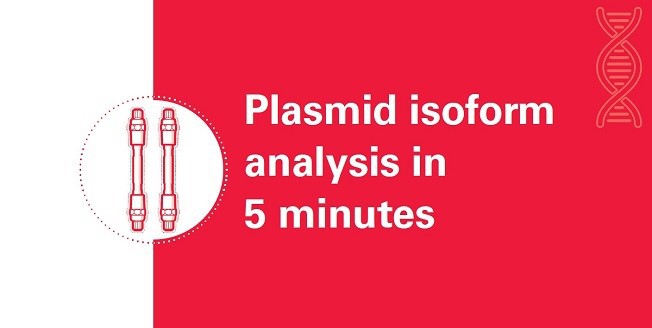
Recombinant plasmid DNA (pDNA) is increasingly used as a raw material in gene therapy (e.g. in lentiviral and AAV vector production) and as an active ingredient for DNA vaccination. Pharmaceutical grade plasmid DNA must meet specifications concerning both host-related-impurities as well as homogeneity (i. e. the content of pDNA topoisomers (ccc, oc, lin) and di- or multimeric variants). During large- scale plasmid fermentation, plasmids are maintained predominantly in a supercoiled, covalently closed circular form, during downstream process some of the plasmids might become nicked and they will be transformed in open- circular and linear forms.
For a fast and reliable characterization of pDNA samples Schuchnigg et al. developed an HPLC method with a high resolving power based on the TSKgel® DNA-NPR anion exchange HPLC column1. TSKgel DNA-NPR is packed with 2.5 μm hydrophilic non-porous polymer beads modified with a weak anion exchange group. The non-porous particle offers fast mass transfer, a key to achieve high resolution. The small particle size and the fast mass transfer of non-porous beads can be exploited to speed up the analysis. By using pBR322, one of the first widely used E. coli cloning vectors, we demonstrate that the method can be transferred from HPLC to UHPLC systems.





